Rare color shots from Tunisia at the turn of the 19th and 20th centuries
Categories: History
By Pictolic https://pictolic.com/article/rare-color-shots-from-tunisia-at-the-turn-of-the-19th-and-20th-centuries.htmlThese colored postcards from the sunny streets of Tunisia were created using photochromy technology, in which monochrome images are given realistic colors and shades. This technology is the predecessor of color photography.
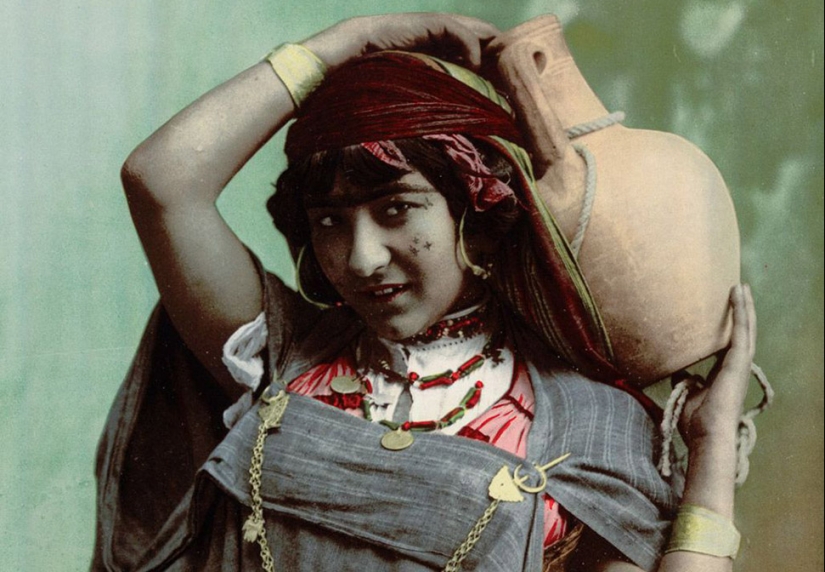
Photochromy (color lithography) was invented by a Swiss publisher in the 1880s. The process began with coating a plate made of lithographic limestone with a photosensitive emulsion. Then it was exposed to the sun under a photonegative for several hours. The emulsion solidified in proportion to the shades of the image. The softer fragments of the emulsion were removed with a solvent, and the image remained on the lithographic stone.
The photographer carefully outlined the features of the colors in the photo. According to his notes, separate lithographic stones were prepared for each color in the final version of the image. Often there were more than a dozen lithographic stones per postcard. As a result of a complex and delicate process, incredibly colorful images were obtained with much greater accuracy than in an ordinary colorized photo.
We offer you a look at the exquisite palaces and lively markets of Tunisia in the first decade of the French protectorate.
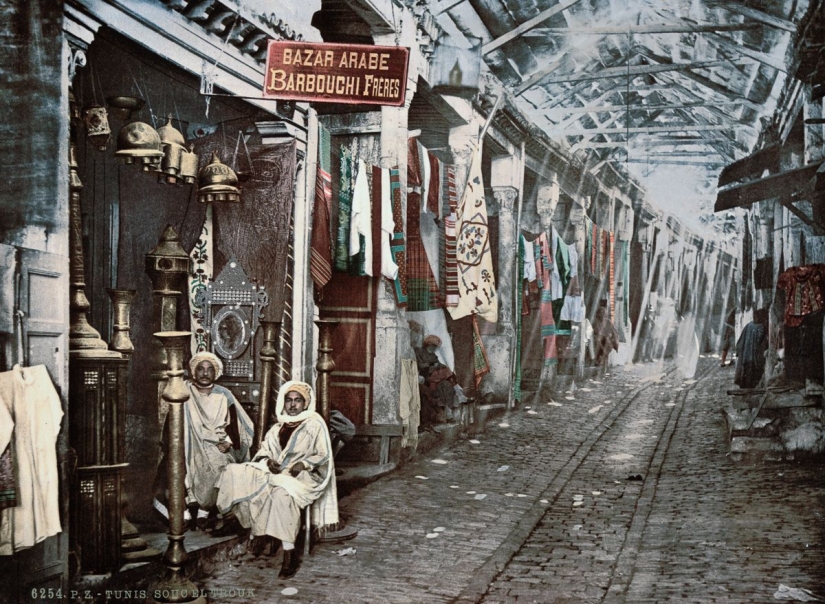
Souk El-Truk Bazaar in Tunisia.
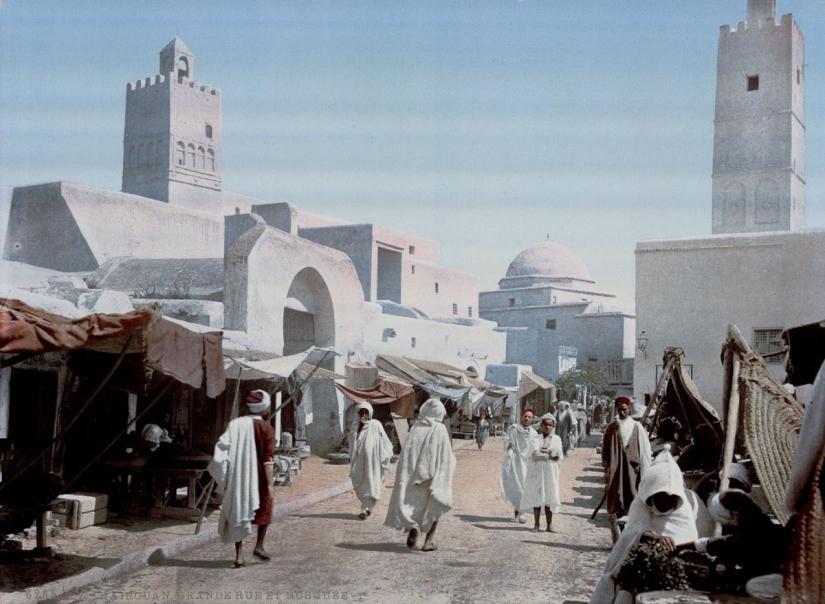
A street in Kairouan.
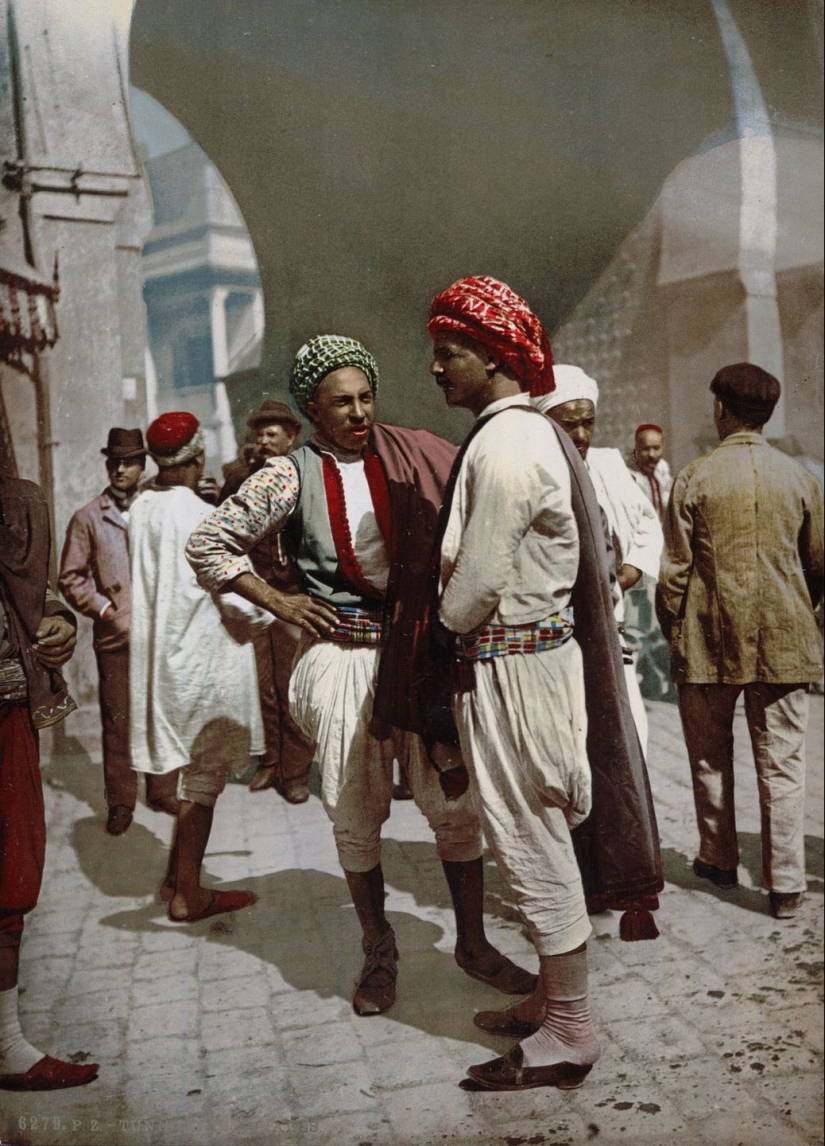
Local residents of Tunisia.
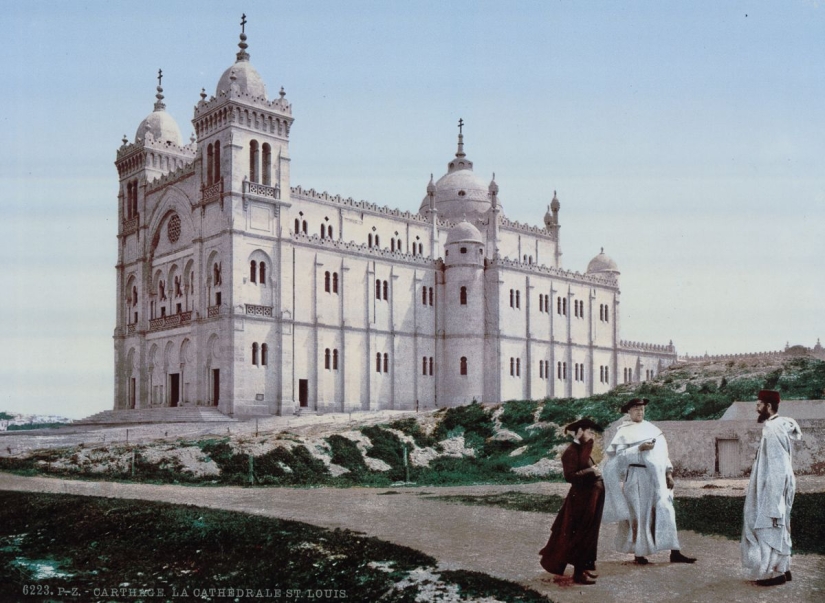
St. Louis Cathedral in Carthage.
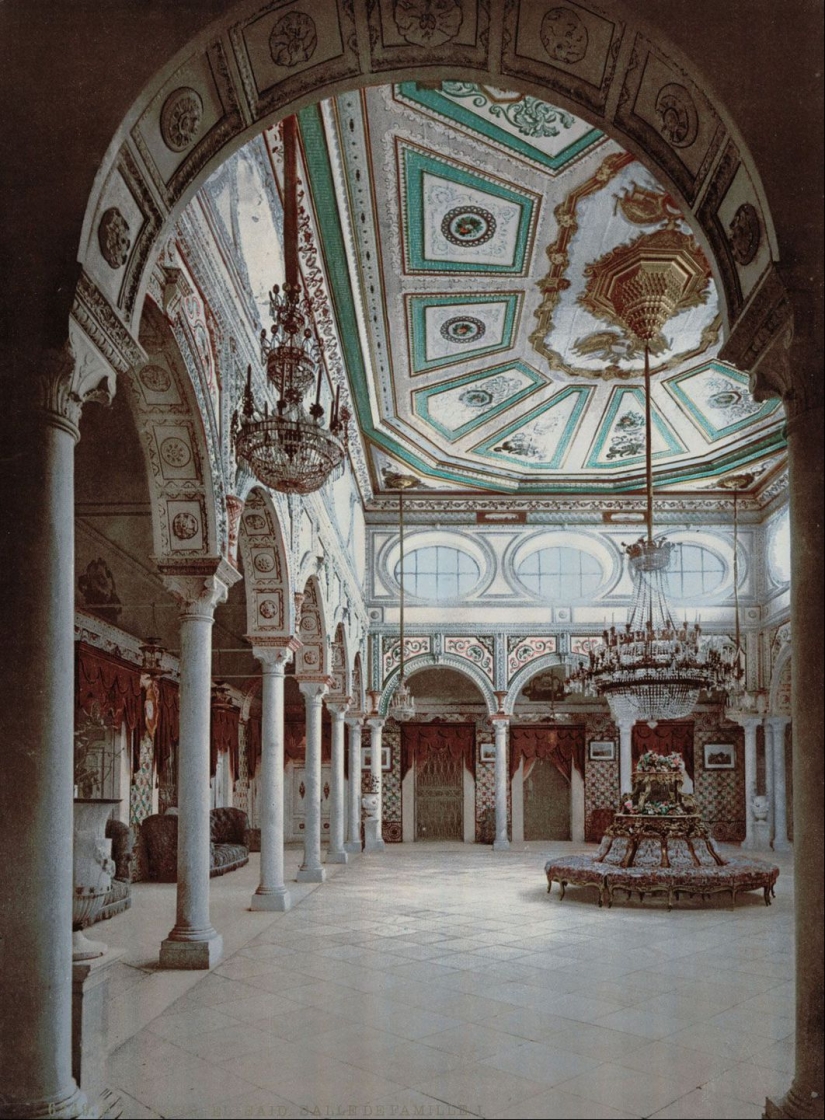
Private living room, Qasr El Said.
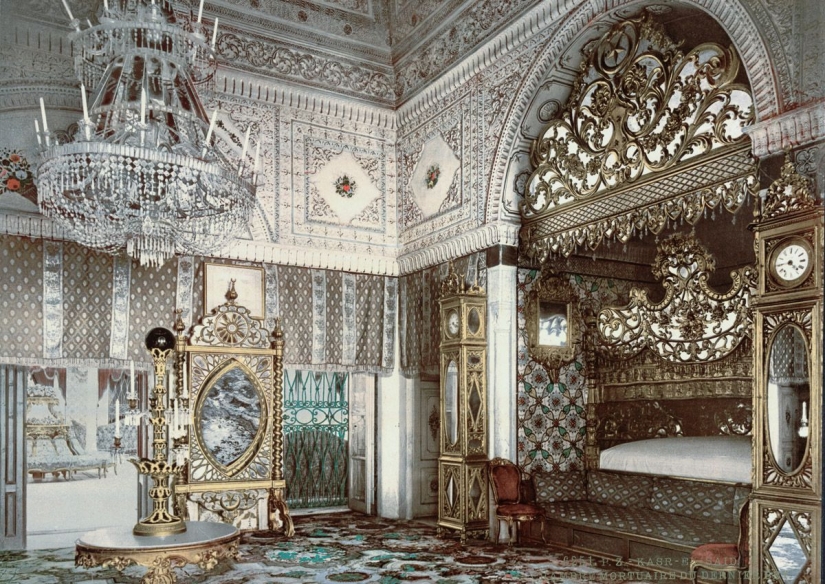
The bedroom of the late Bey of Tunis, Qasr El Said, Tunisia.
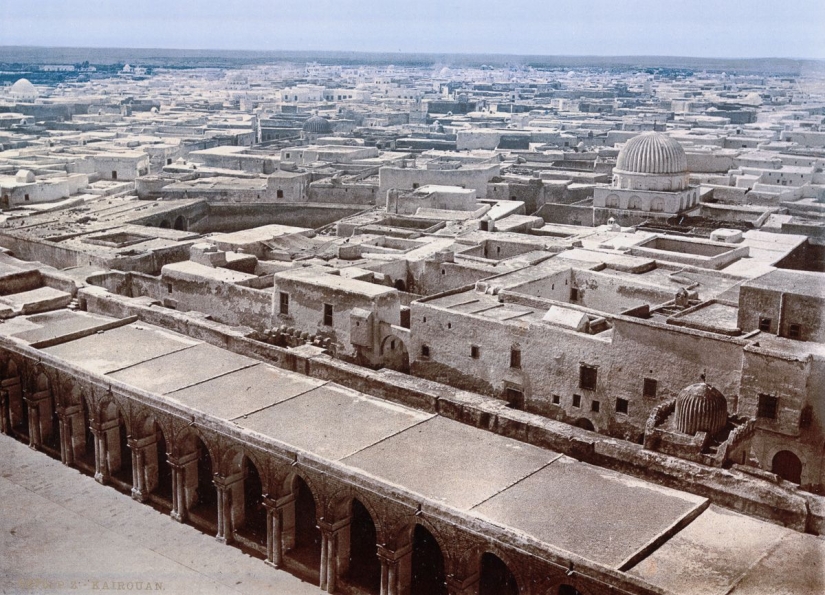
View of Kairouan from the minaret of the Grand Mosque.
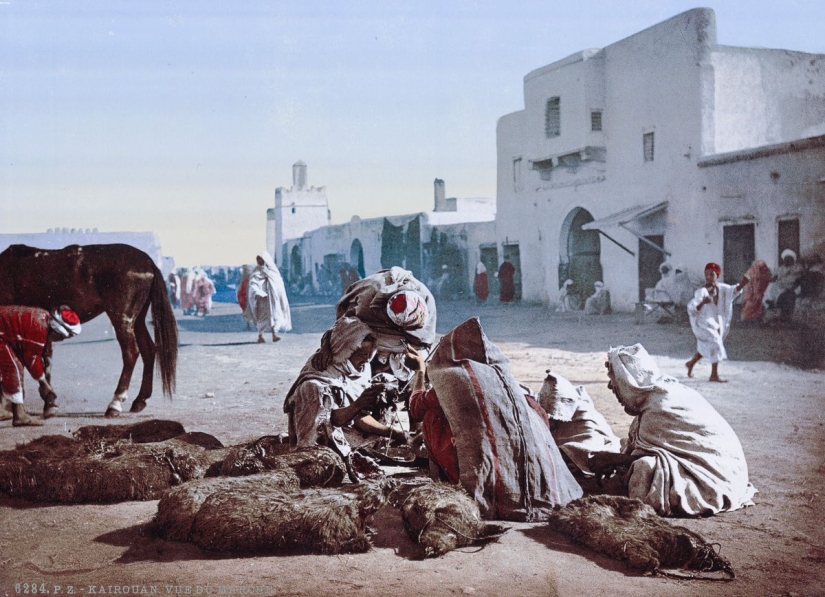
The market in Kairouan.
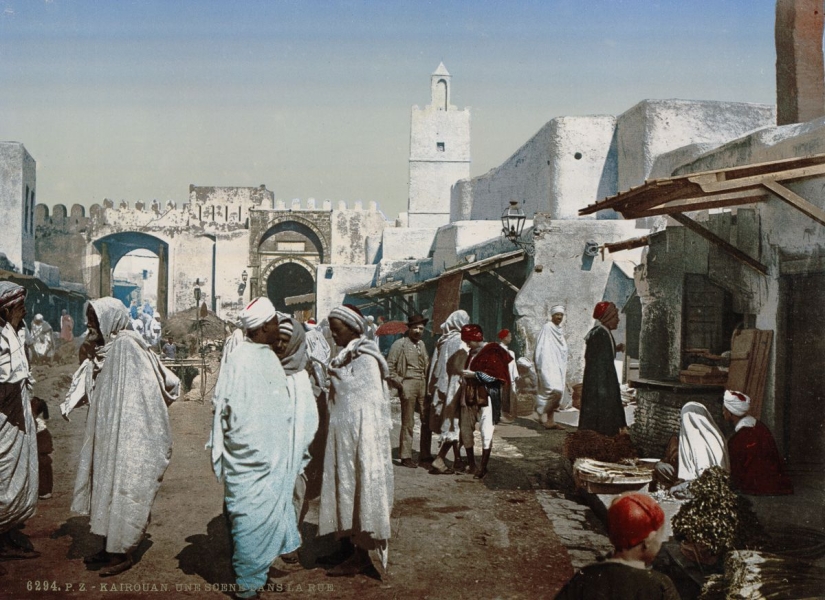
The streets of Kairouan.
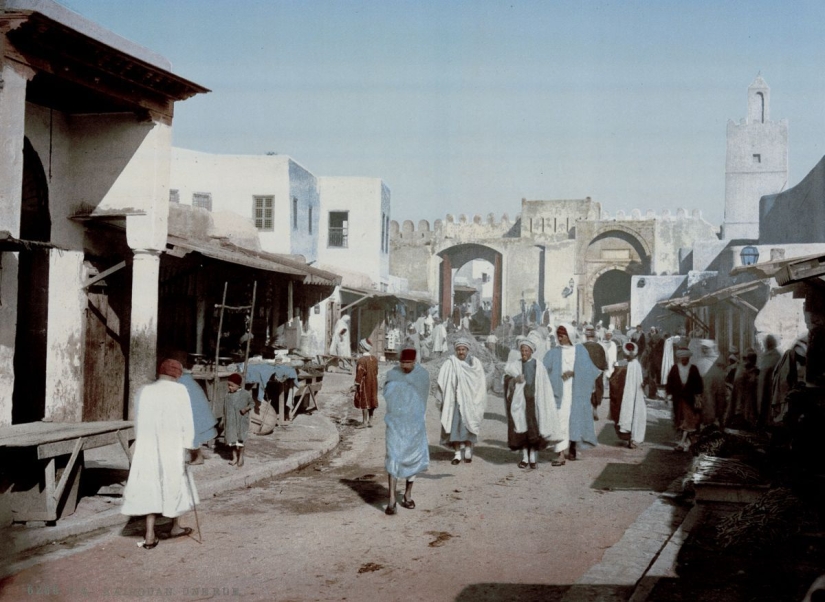
Kairouan.
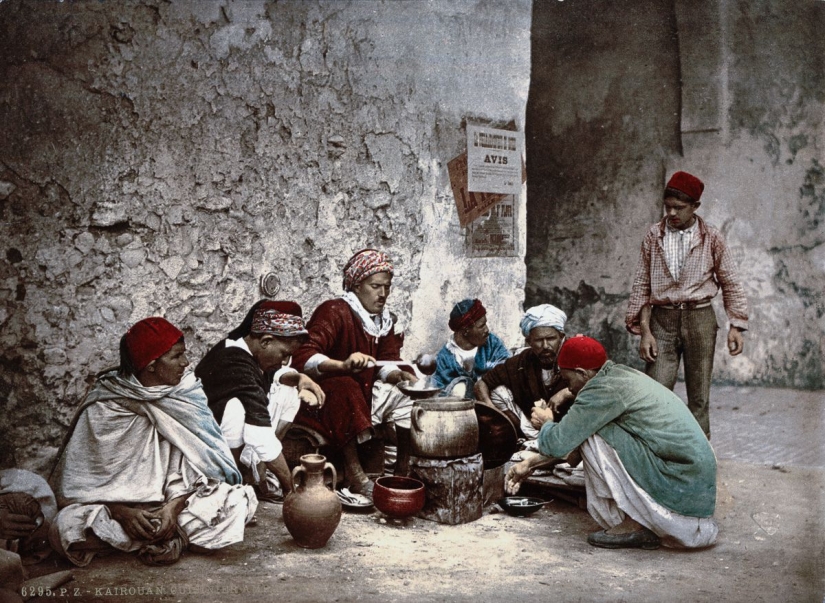
A wandering cook, Kairouan.

Coastal area in Sousse.

View of Tunisia from the Pari Hotel.
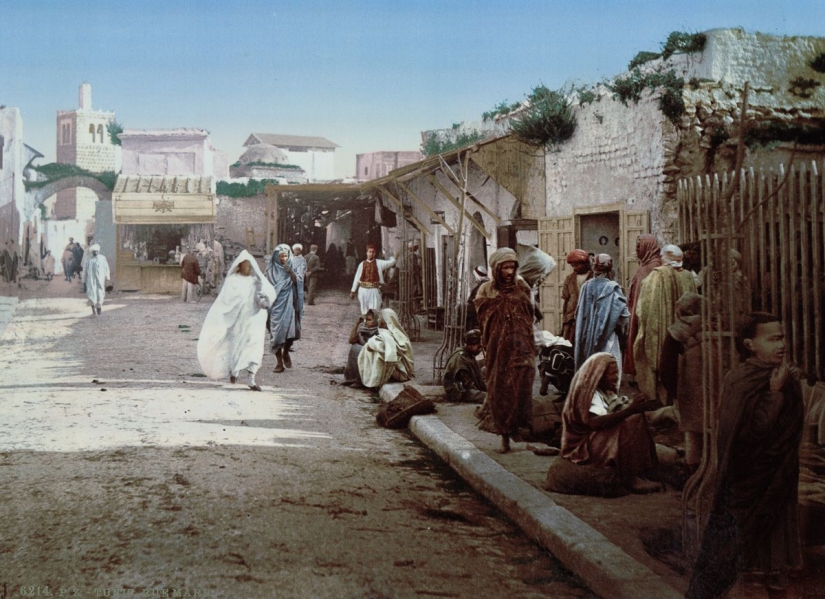
Marr Street in Tunis.
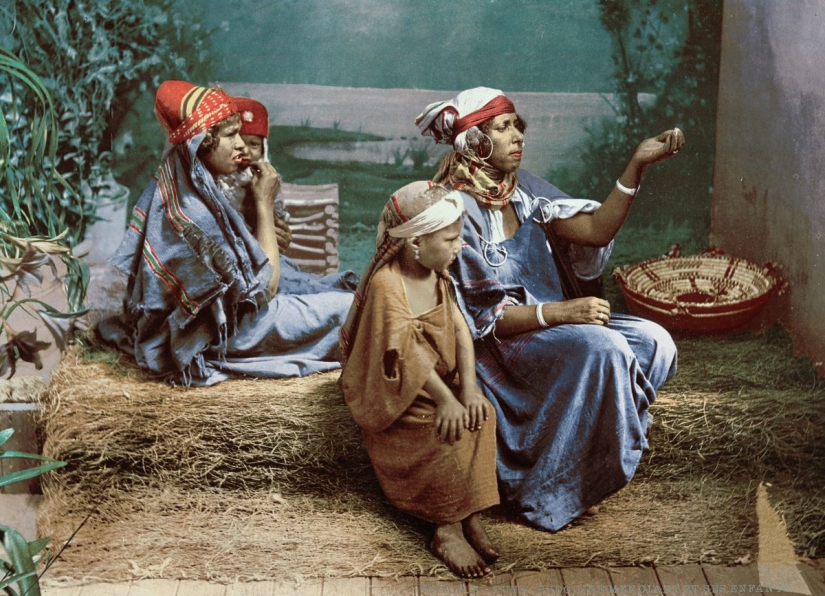
A family of Bedouin beggars.
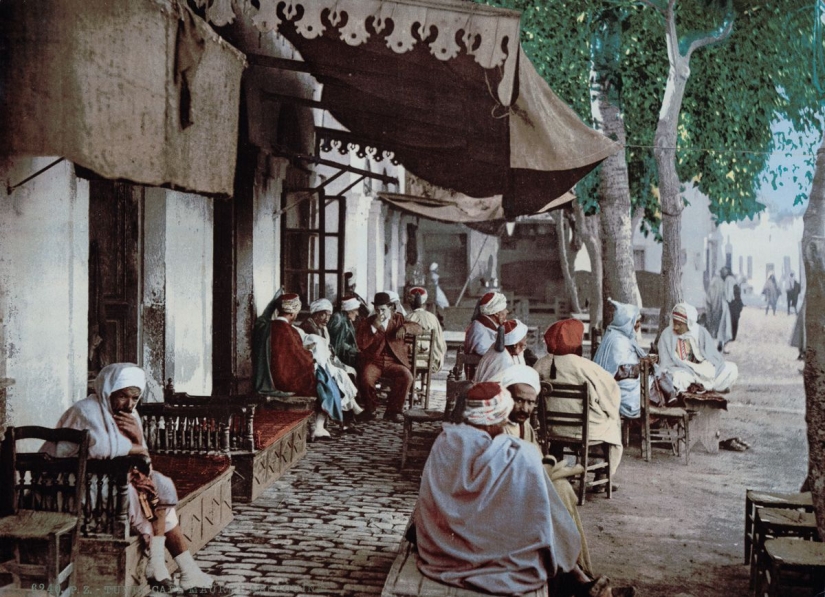
Near the Moorish cafe.
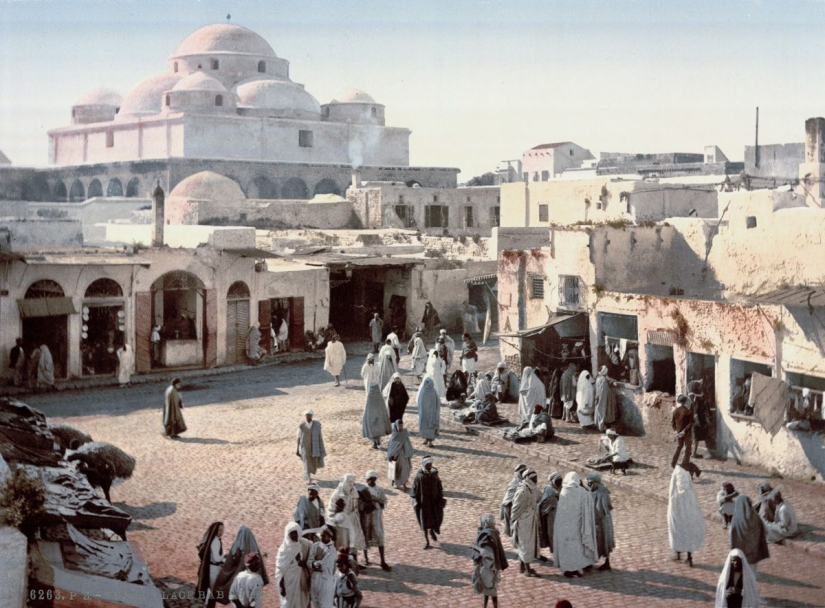
Bab Suika-Suker Square, Tunisia.
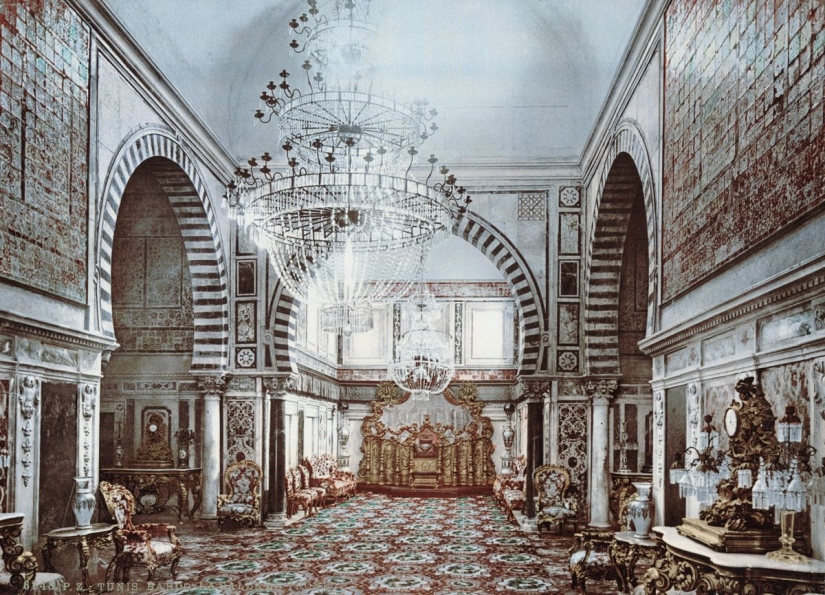
The throne room of the Bardo Palace, Tunisia.
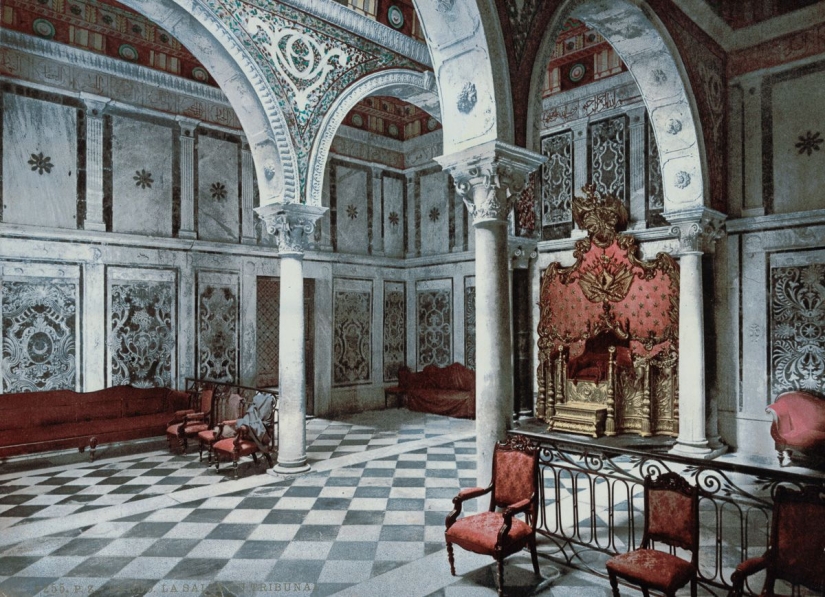
The courtroom of the Bardo Palace, Tunisia.
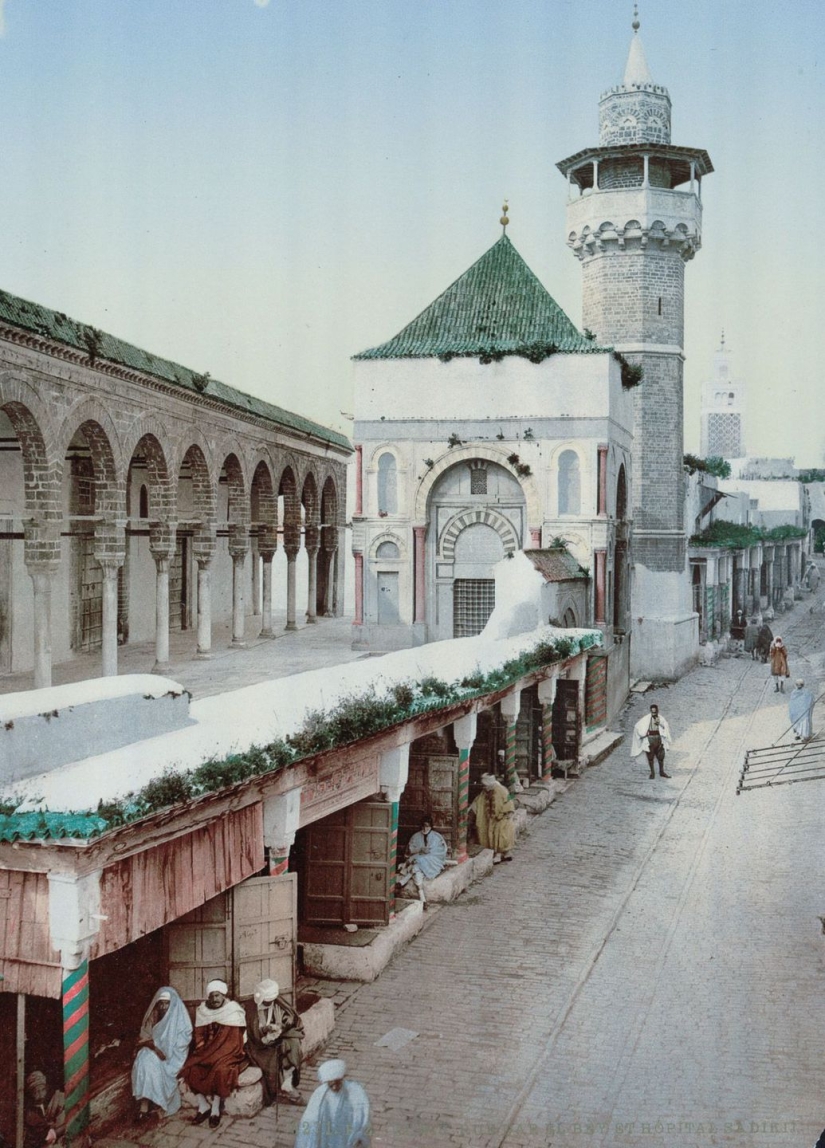
Sadiki Hospital.
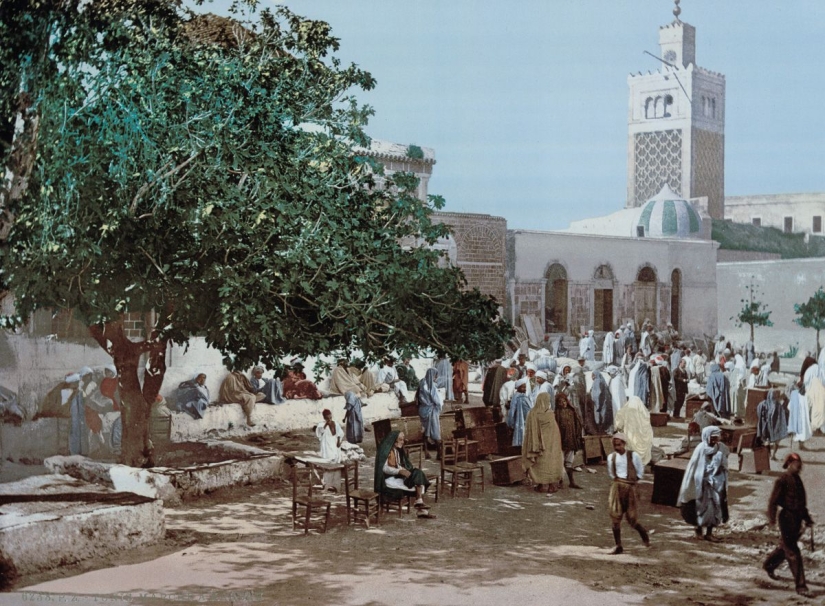
Kasbah Market in Tunisia.
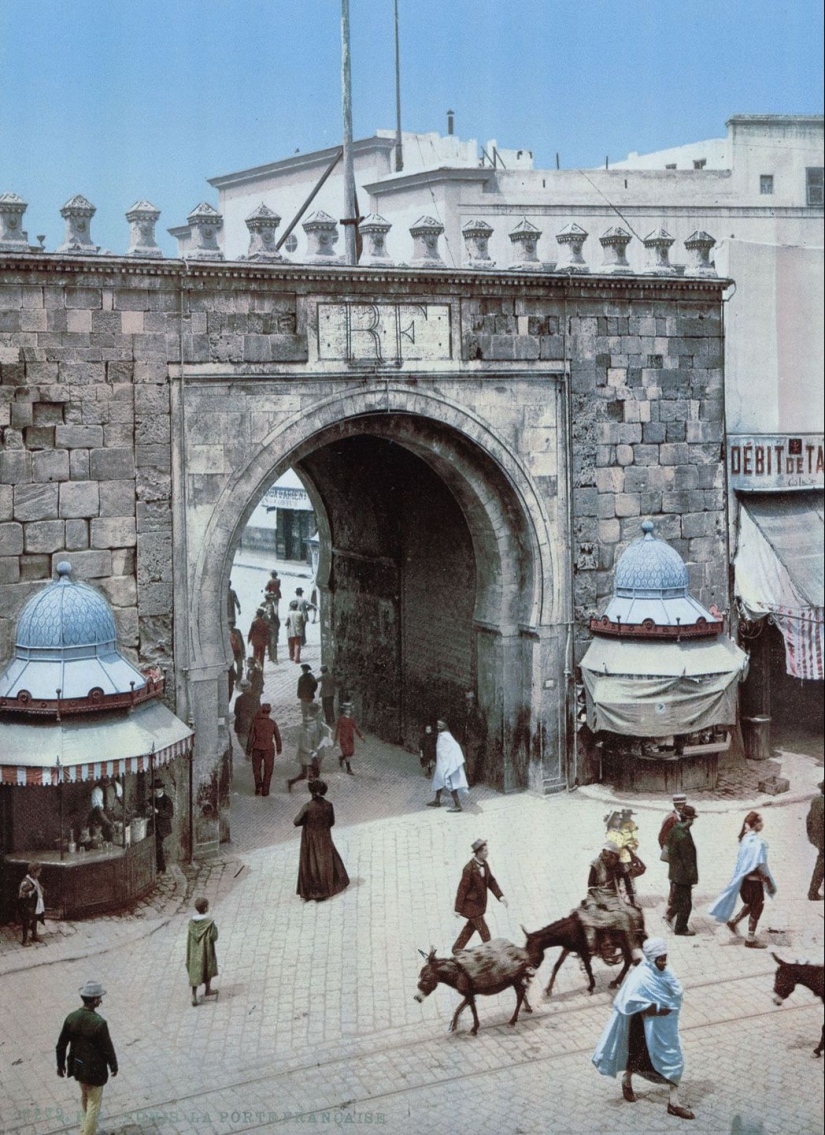
French Gate, Tunisia.
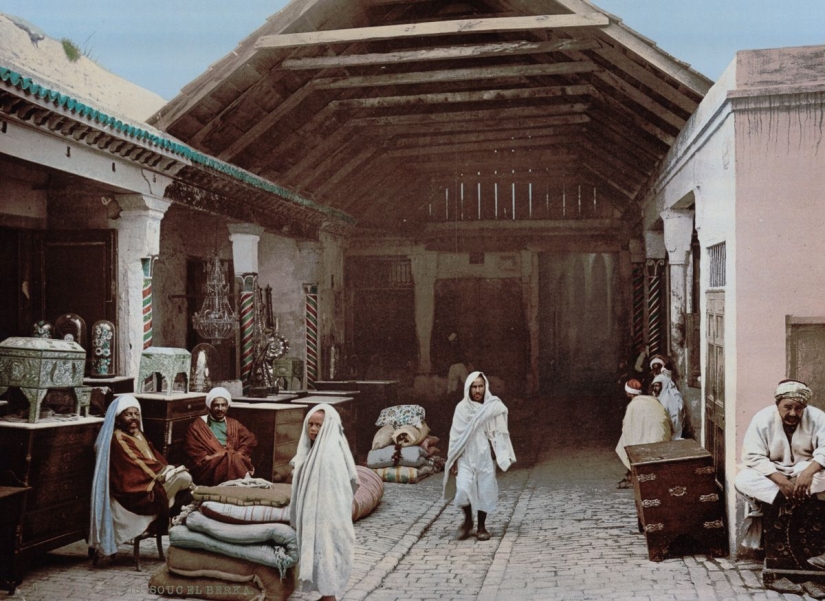
A bazaar in Tunisia.
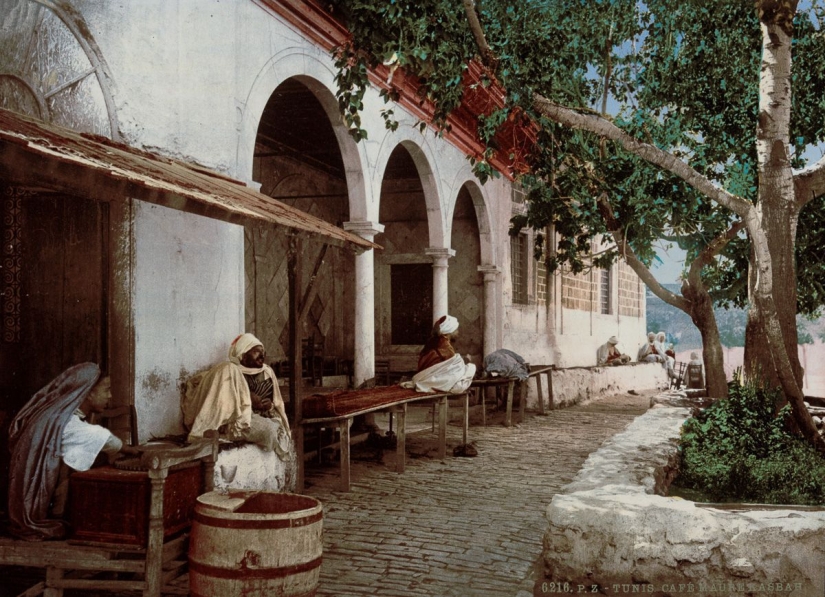
A Moorish cafe.
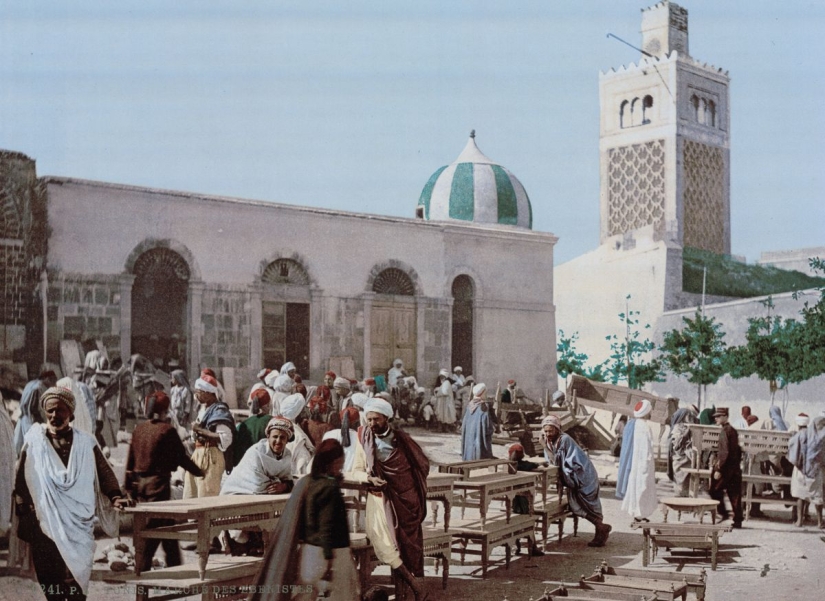
Ivory market, Tunisia.
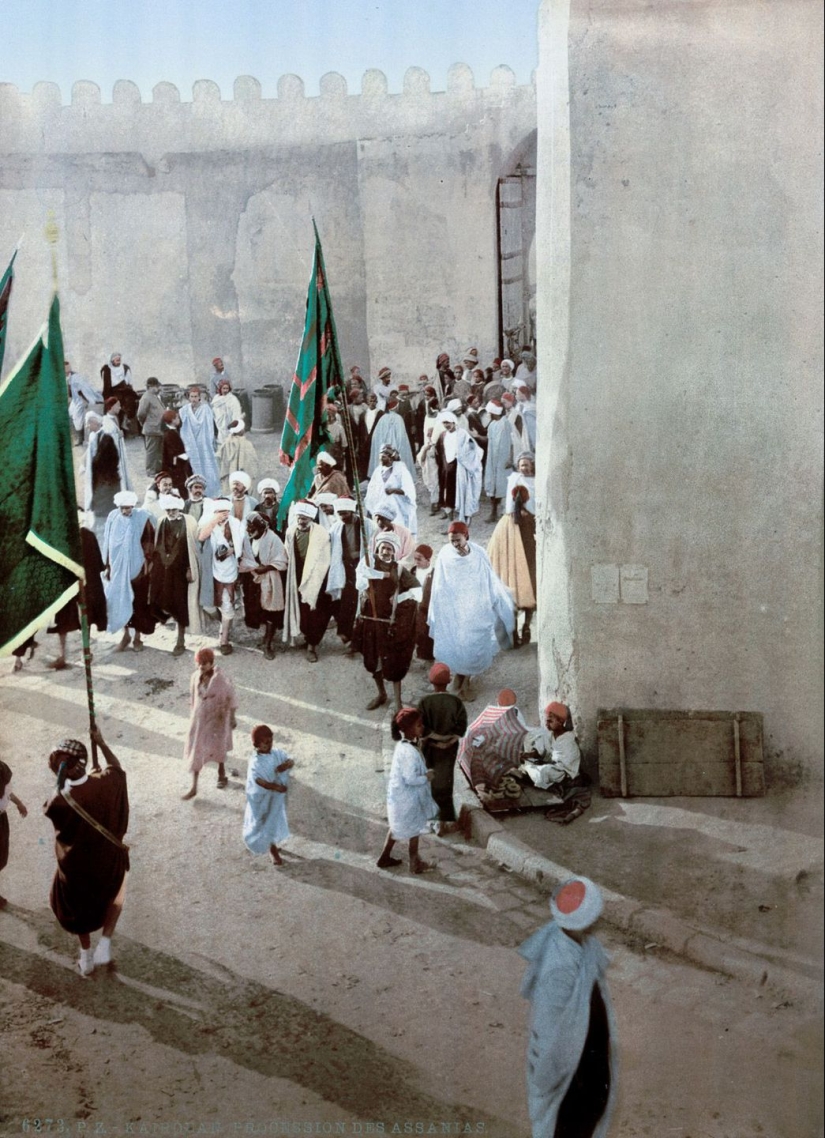
Street procession in Kairouan.
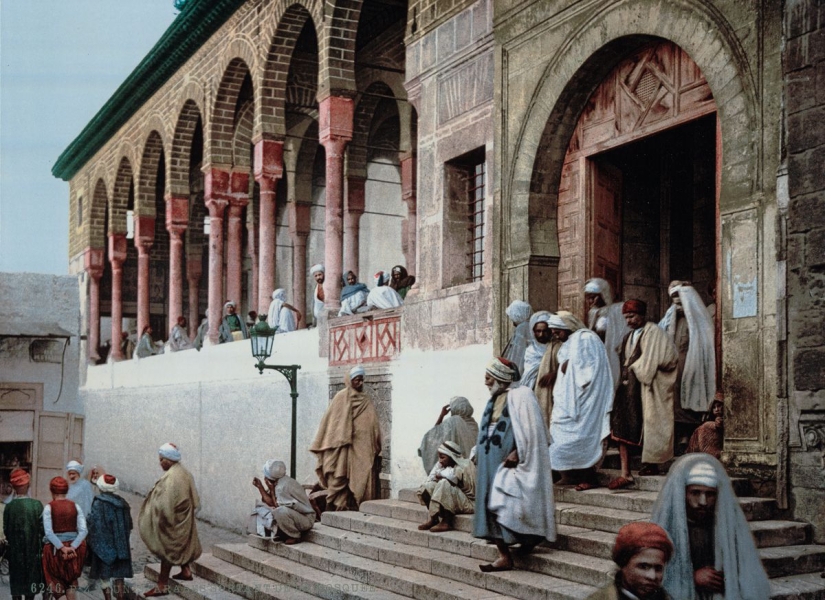
At the entrance to the mosque, Tunisia.
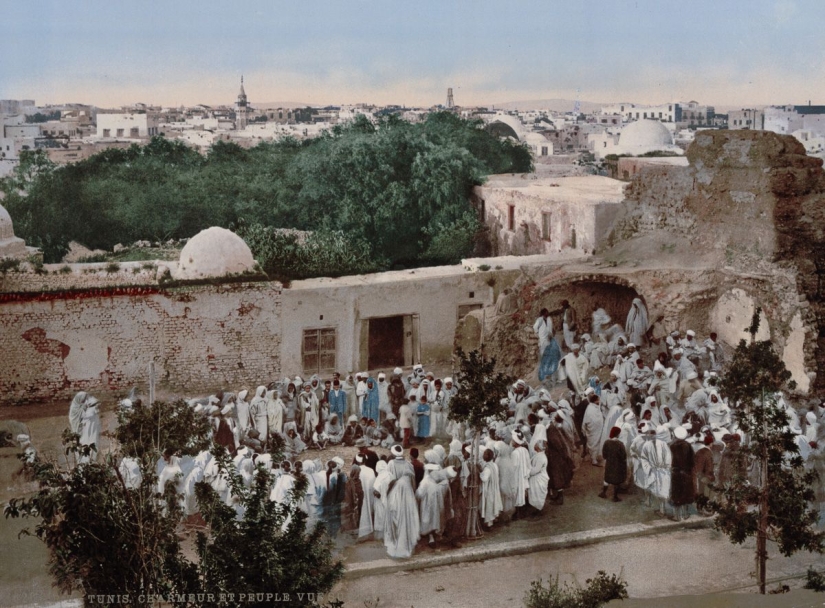
Performance of a snake charmer in Tunisia.
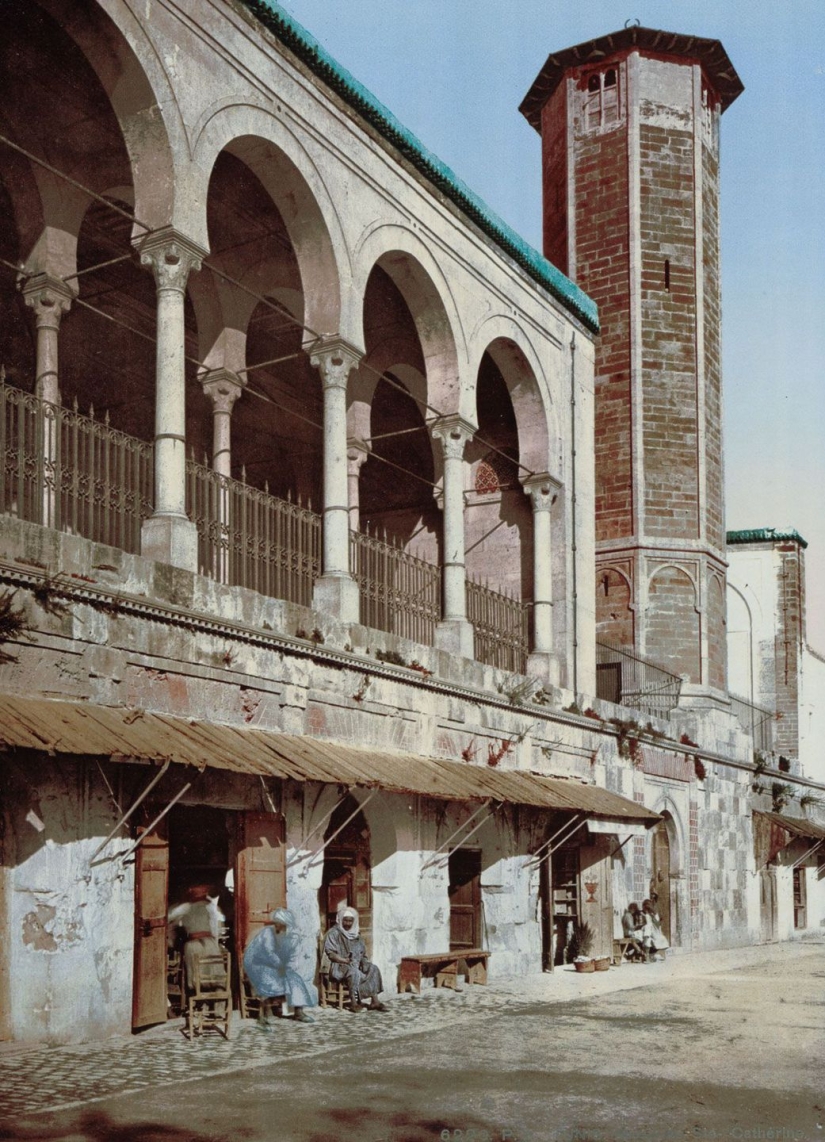
St. Catherine's Mosque in Tunis.
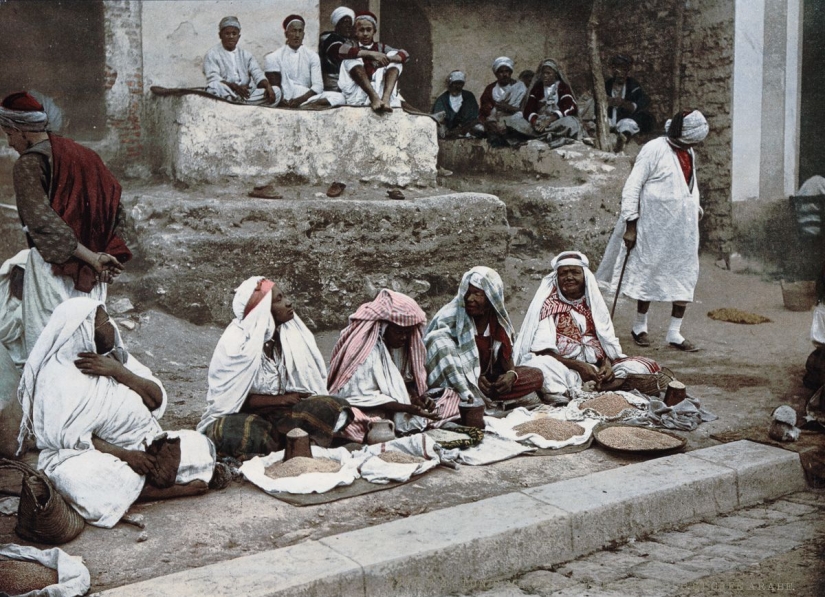
Couscous sellers, Tunisia.
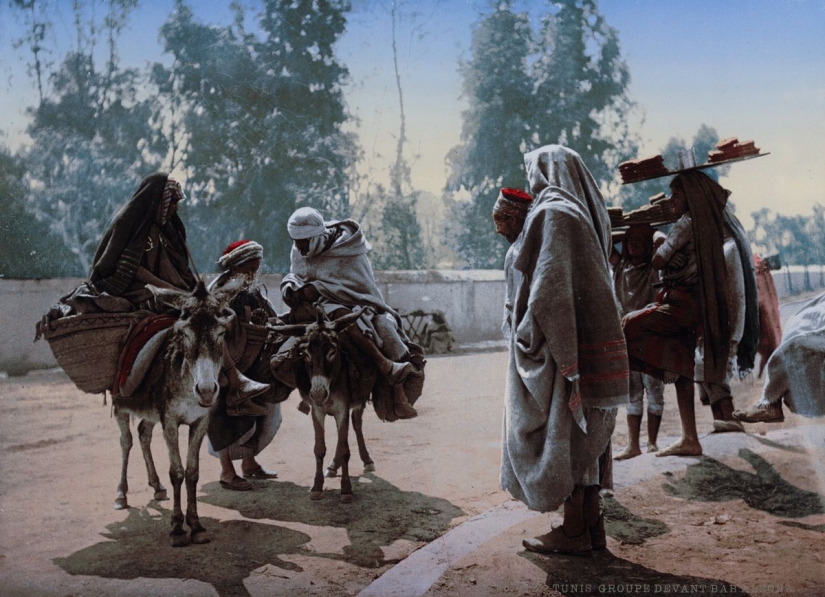
A group of Arabs in front of Bab Aleona, Tunisia.
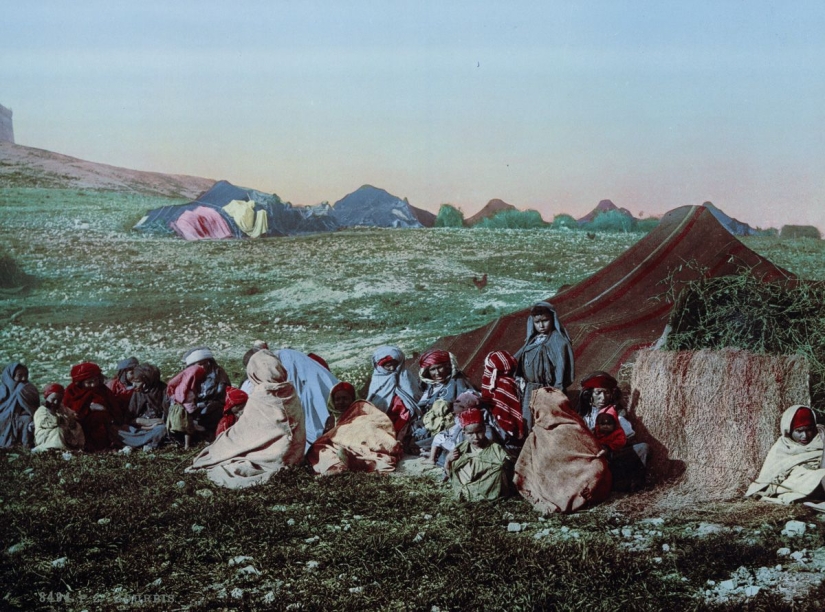
A camp of nomads.
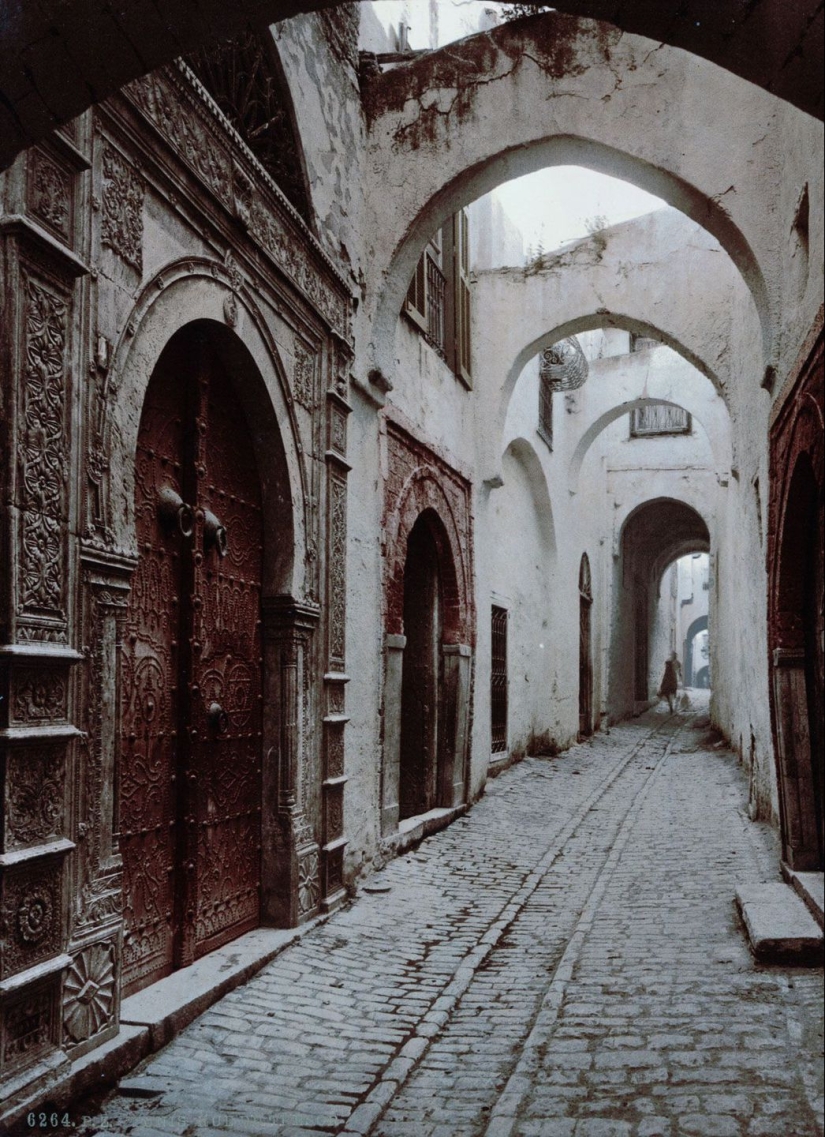
A street in Tunisia.
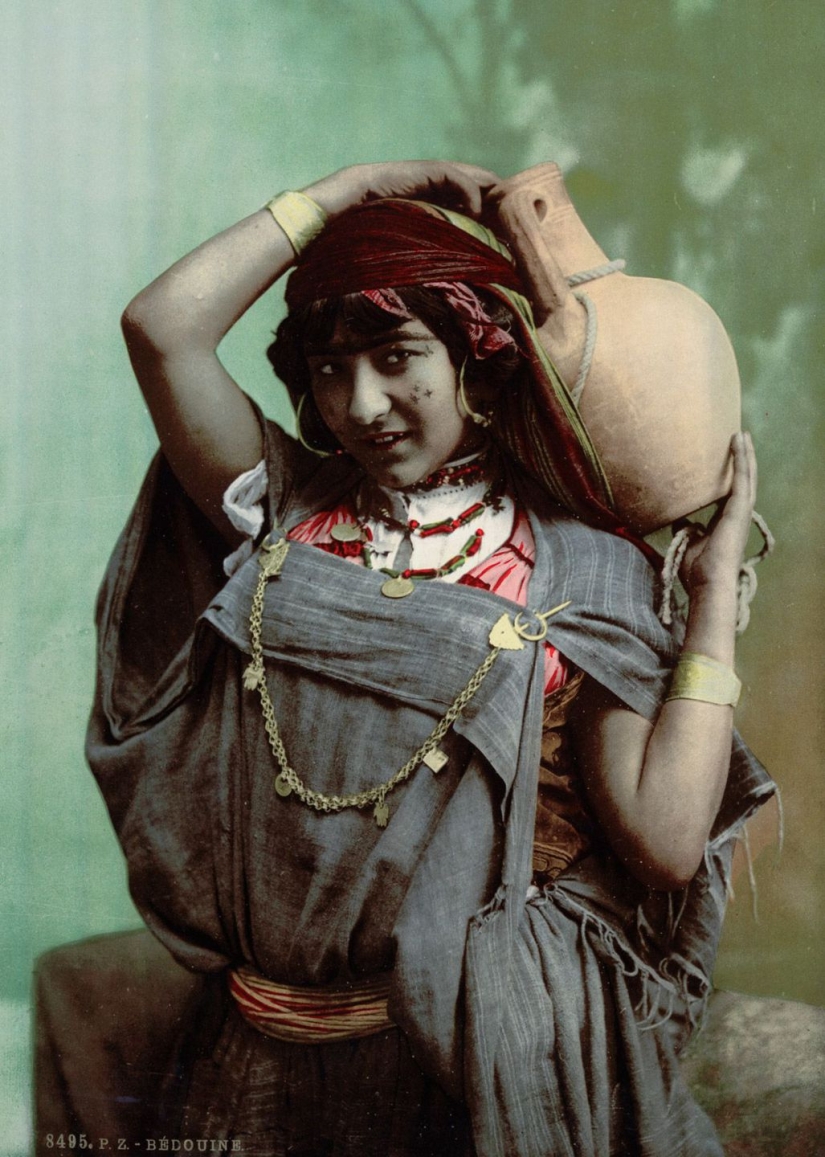
A Bedouin woman.
Keywords: History | Tunisia | Color photos | Postcards | XX century | XIX century
Post News ArticleRecent articles

A person is different in that he is able to assess the consequences of his actions. Dogs from this post are distinguished by the ...

Can a person live without a brain? Everyone will answer this question in the negative, but will be wrong. In France, they found a ...
Related articles

Women always knew that beauty requires sacrifice, and were ready to go. In the best case, these victims were tired from walking at ...

In September 1839, the solemn laying of the new Cathedral of Christ the Saviour took place. The construction lasted almost 44 ...

The best Soviet artists went far beyond the propaganda art and created real masterpieces. -- >Alexander Labas (1900-1983) An artist ...

Wild imagination is an essential quality of any artist. And the Dutch illustrator and graphic artist Redmer Hoekstra is also a ...